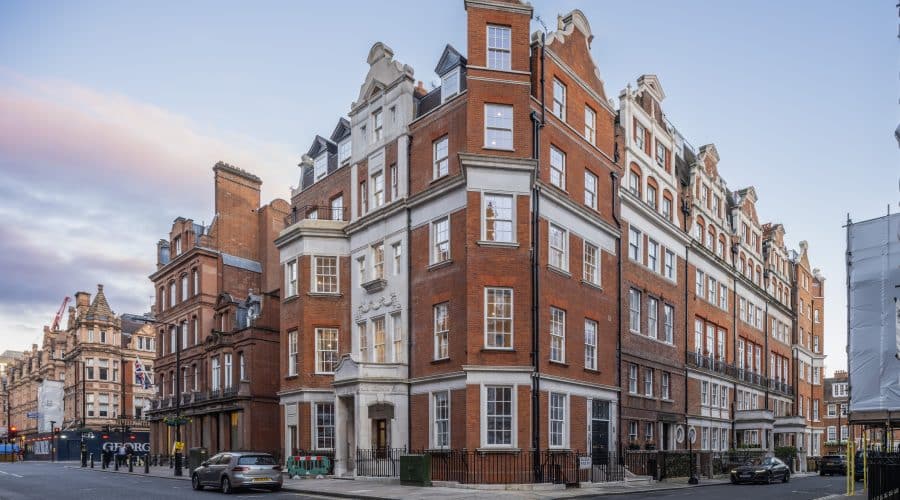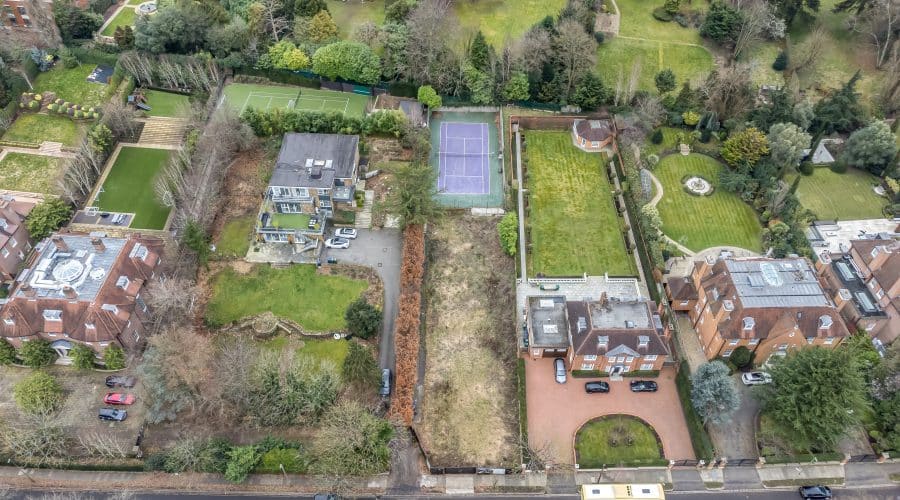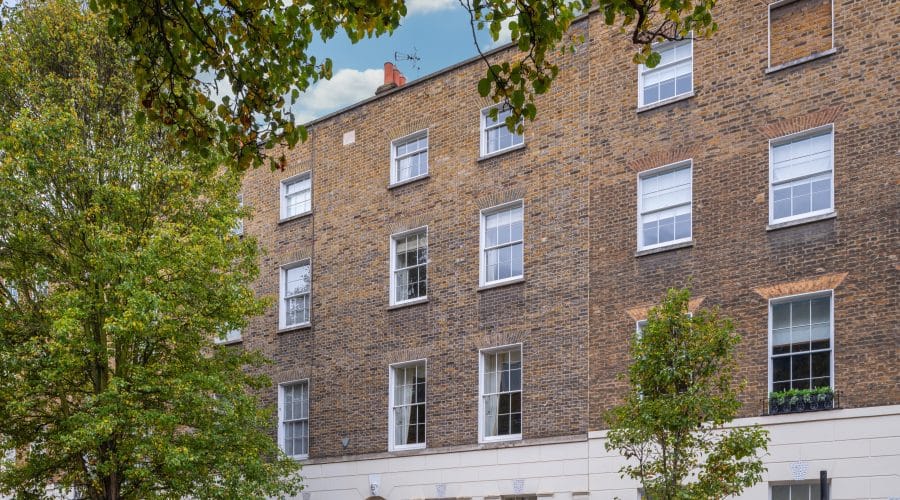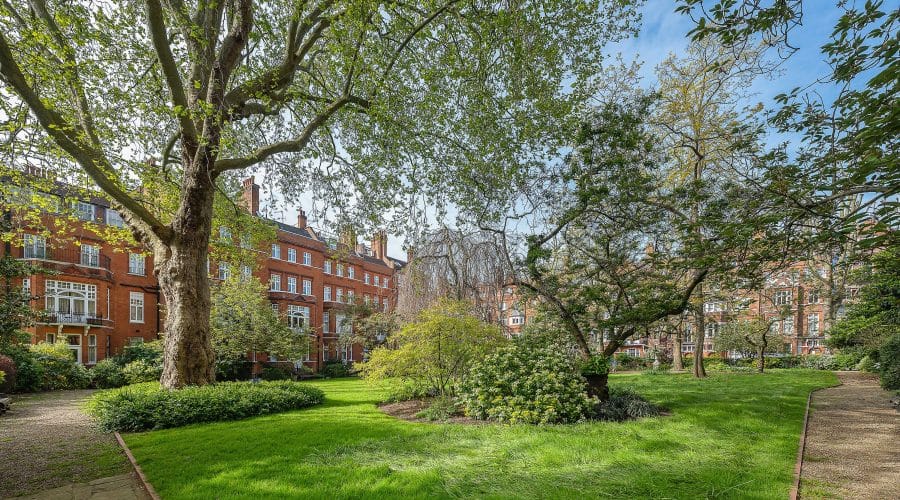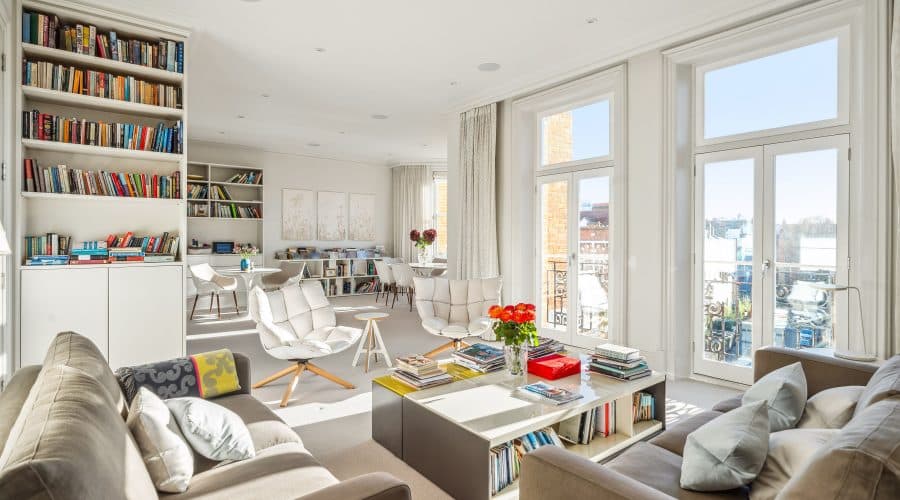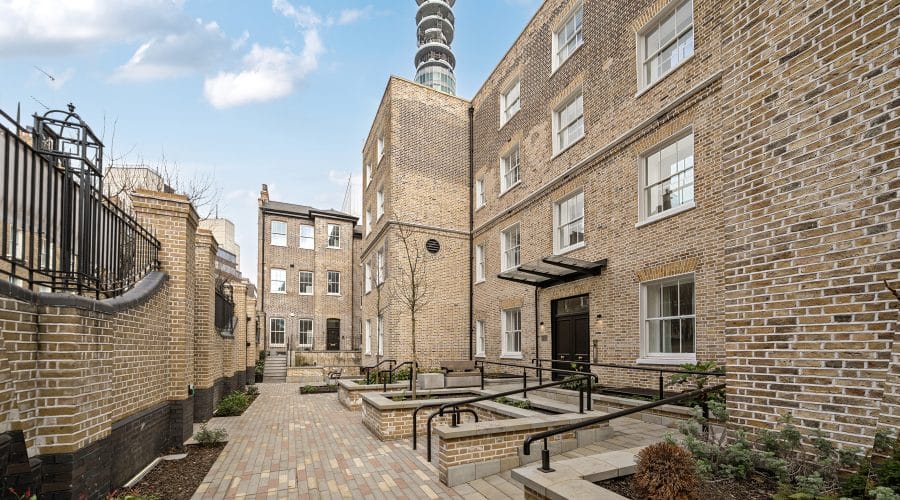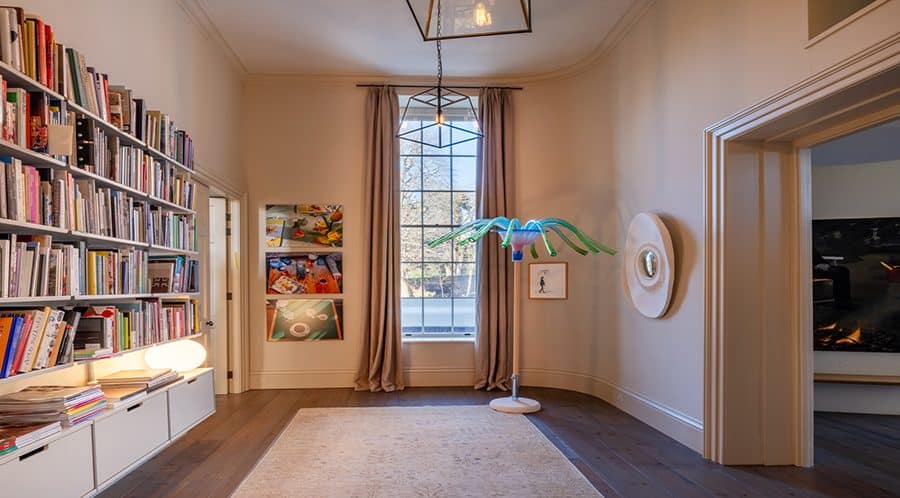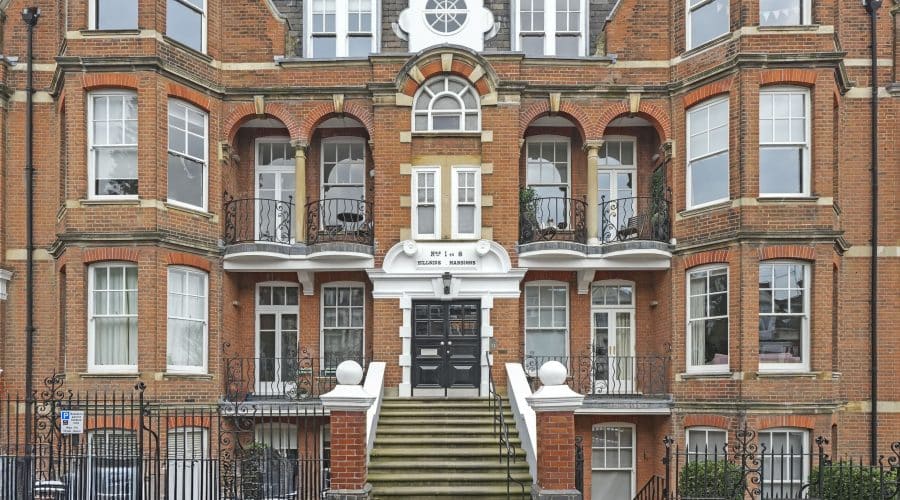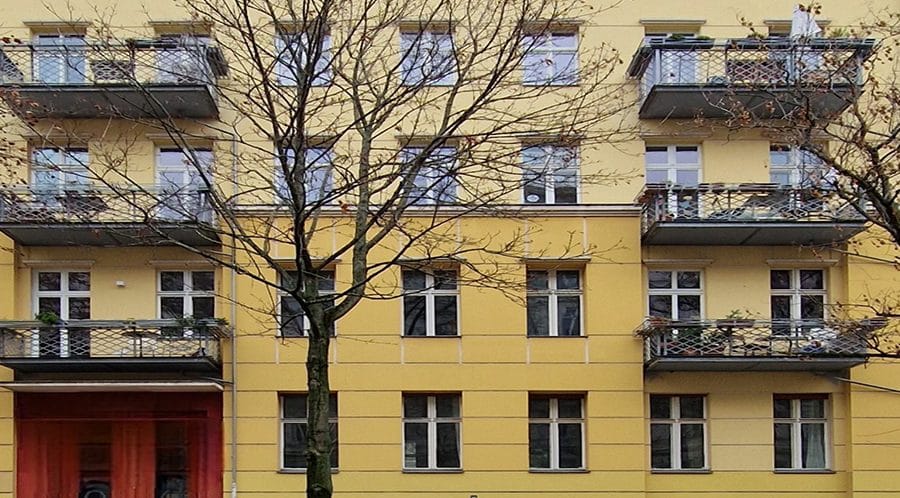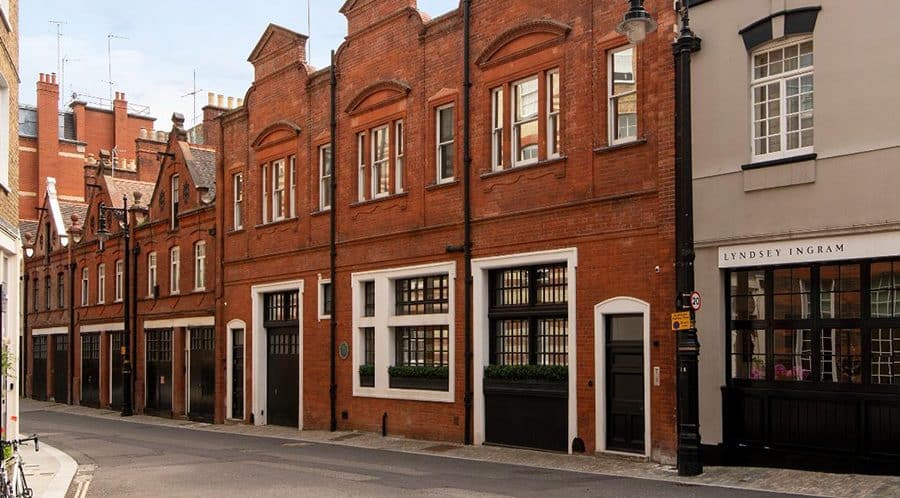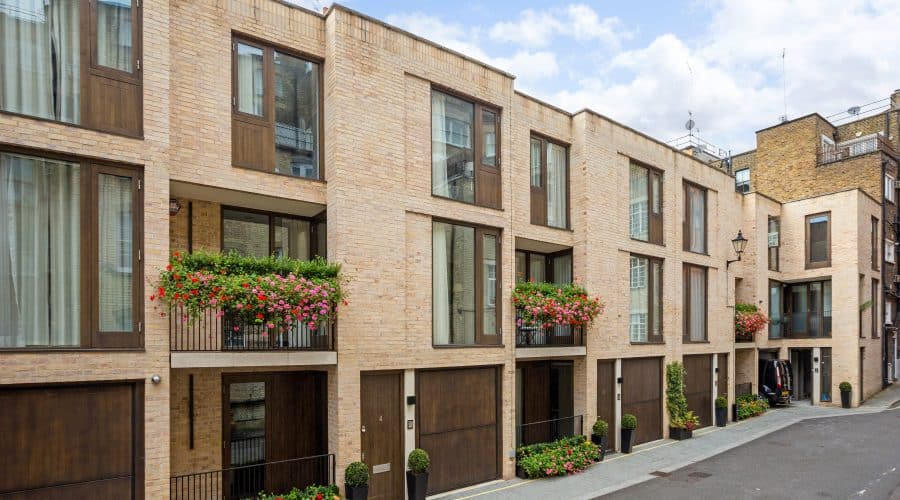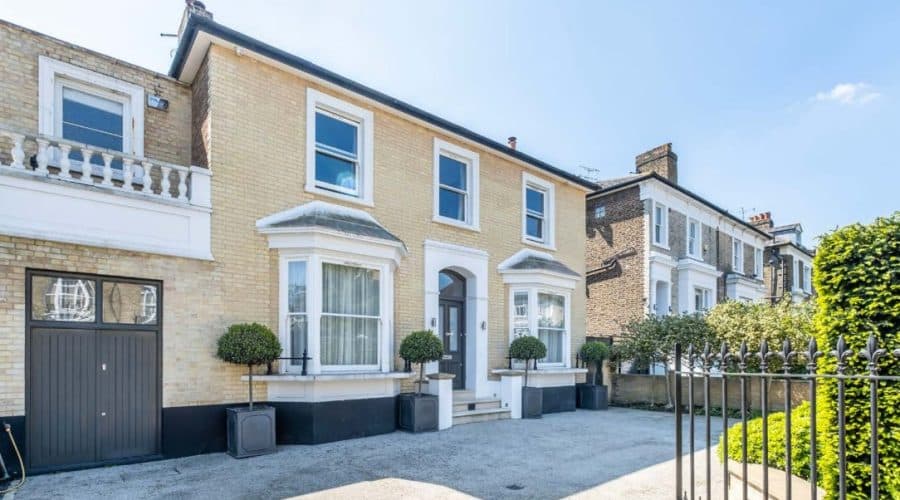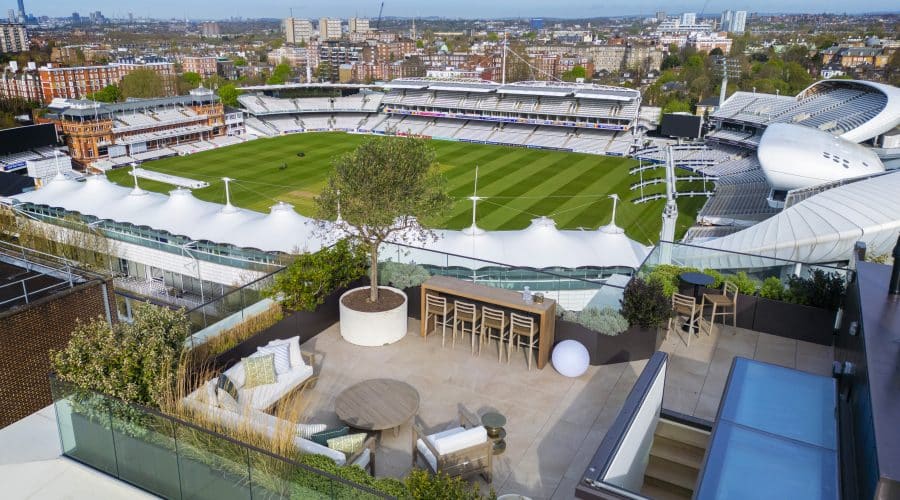Sellers of some of London’s top luxury properties are suddenly doing the unthinkable: They’re cutting their prices.
A six-bedroom Georgian townhouse on coveted Kensington Square? Recently reduced to £7 million—about $10.9 million—from an original asking price of £8.5 million. A historic townhouse in the heart of Mayfair? Listed for £16.5 million in February, it can now be had for £14.95 million.
Not so long ago, central London’s property market was the envy of the world, with prices in golden neighborhoods like Kensington and Belgravia reaching new heights every year. Now, this highflying market is coming down to earth.
In the year ending in June 2015, prices in “prime central London” or “PCL”—the upper end of the market in coveted neighborhoods such as Chelsea, Knightbridge and Mayfair—fell 4.3%, according to real-estate firm Savills.
That slide followed years of precipitous growth. Prime central London prices climbed 25% in the year ending June 2010 alone, according to Savills, as the market rebounded from the global housing slump. By June 2014, the median price for prime central London was £3.657 million, according to Savills. Then, for the first time in years, the numbers started slipping. Today, the median price for the prime central market is £3.5 million.
According to William Hughes-Ward, a director at central London real-estate firm Marsh & Parsons, the trouble set in last year, when a shortage of stock on the market pushed prices up too quickly.
As the market continued to stall this year—at the same time that the May national election was approaching—real-estate agents widely said that buyers were spooked by the prospect of a Mansion Tax on homes valued at £2 million or more, proposed by the Labour Party. But even though David Cameron’s Conservative Party won a convincing majority, prices have failed to rebound as many agents predicted.
Buyers do have to contend with a new stamp-duty system, a government tax levied on house sales. Until December of last year, the top tax rate was a flat 7%, levied on all homes worth £2 million or more. The new, incremental system means buyers must pay 12% on the portion of a property’s price above £1.5 million (with a sliding scale of fees levied on the first £1.5 million). It is calculated that the change has raised the tax bill on all homes worth £937,000 or more.
Meanwhile the Bank of England has been threatening interest rate rises for the last two years.
International currency fluctuations have also played a part. The strength of the British pound against the euro has made London purchases more expensive for European buyers, while the devaluing of the ruble has deterred buyers from Eastern Europe.
“We have seen some of the big players such as Russians fall out of the market, mainly due to political sanctions in Russia and difficulty in getting their money out,” said Camilla Dell, managing partner at Black Brick buying agency.
The biggest problem, according to many analysts, is that prices have simply climbed too high.
“The affordability of London property, even for wealthy foreigners is now too compromised,” said buying agent Alex Newall, managing director of Hanover Private Office, a prime real-estate firm. “Some properties are 20% to 30% overpriced. Sellers need to get realistic if they want to transact in 2015.”
Overseas buyers are still active in London, agents say—just not in prime central London. Many investment buyers are now buying several small properties, rather than one trophy house, to limit Stamp Duty exposure, says Nicholas Finn, executive director of Garrington Property Finders.
The result is that markets outside of the typical “prime” areas are seeing more activity, as buyers seek out more affordable properties. Cheaper boroughs like Newham in East London saw a 17.5% hike in the 12 months ending in May, according to the Land Registry, the government’s official home price monitor. Annual prices for London overall rose 9.1%, to a median price of £475,961.
Despite PCL’s recent fall from grace, agents say there are reasons for optimism. Richard Barber, a director at W.A. Ellis estate agents, points to a strong market for central London homes priced under £2 million. He adds that continued turmoil in the Middle East may encourage more buyers from the region into the safe haven that is London.
Lucian Cook, head of residential research at Savills, forecasts that PCL prices will increase by 22.7% over the coming five years—not the heady growth of the market’s frothiest period, but still a respectable climb.
Mr. Hughes-Ward of Marsh & Parsons points out that London’s high prices are, in many ways, only relative. “For the domestic market prices are way too high,” he said. “However PCL is not a domestic market, it’s a global market. PCL should be compared to Manhattan, Paris, Singapore, Hong Kong or even Mumbai where our prices are actually looking like good value.”
